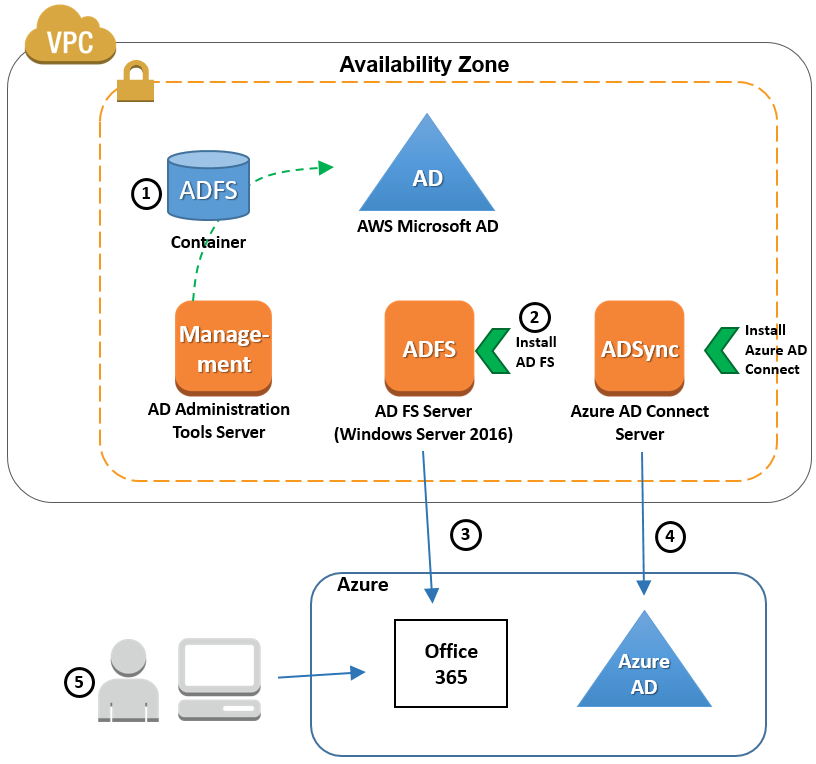
It employs multi-factor authentication and conditional access, improving security and management control.It is pre-integrated with other cloud services.It easily integrates with an existing Windows Server Active Directory.It requires only one set of sign-in credentials for users logging in on-site or remotely.It allows employees to sign in to multiple services and access them from anywhere via the cloud.It helps businesses streamline processes while improving productivity and security.

The top two advantages are the cost-effectiveness and ease of use. Benefits of Azure Active DirectoryĪzure AD benefits organizations in several ways. Its improved security, productivity, and single sign-on (SSO) afford access to thousands of cloud applications, including DropBox, Office 365, and Salesforce. It was designed with streamlining in mind.

Azure AD incorporates comprehensive identity management capabilities like auditing, device registration, multi-factor authentication, and self-service password management. It allows legacy applications incapable of modern authentication methods to run in the cloud.

Microsoft introduced Azure Active Directory as its cloud-based identity and access management solution. Since the worry over cloud security is easing, IT managers can choose a cloud-based directory and identity management service that best meets their needs. With wider adoption and improved security measures, IT pros no longer hold the same anxiety as they once did about the cloud. Many companies are enjoying the benefits of using platforms such as Microsoft 365, prompting them to consider cloud-based management systems to stay connected with their team. Information technology professionals believed it was unsafe to do so and would be an invitation for the kind of headline-breaking data breach that ruins credibility.įast-forward to today, and cloud-based directory and identity management services are in demand.

Putting data on the cloud was a hot topic of debate for many years.


 0 kommentar(er)
0 kommentar(er)
